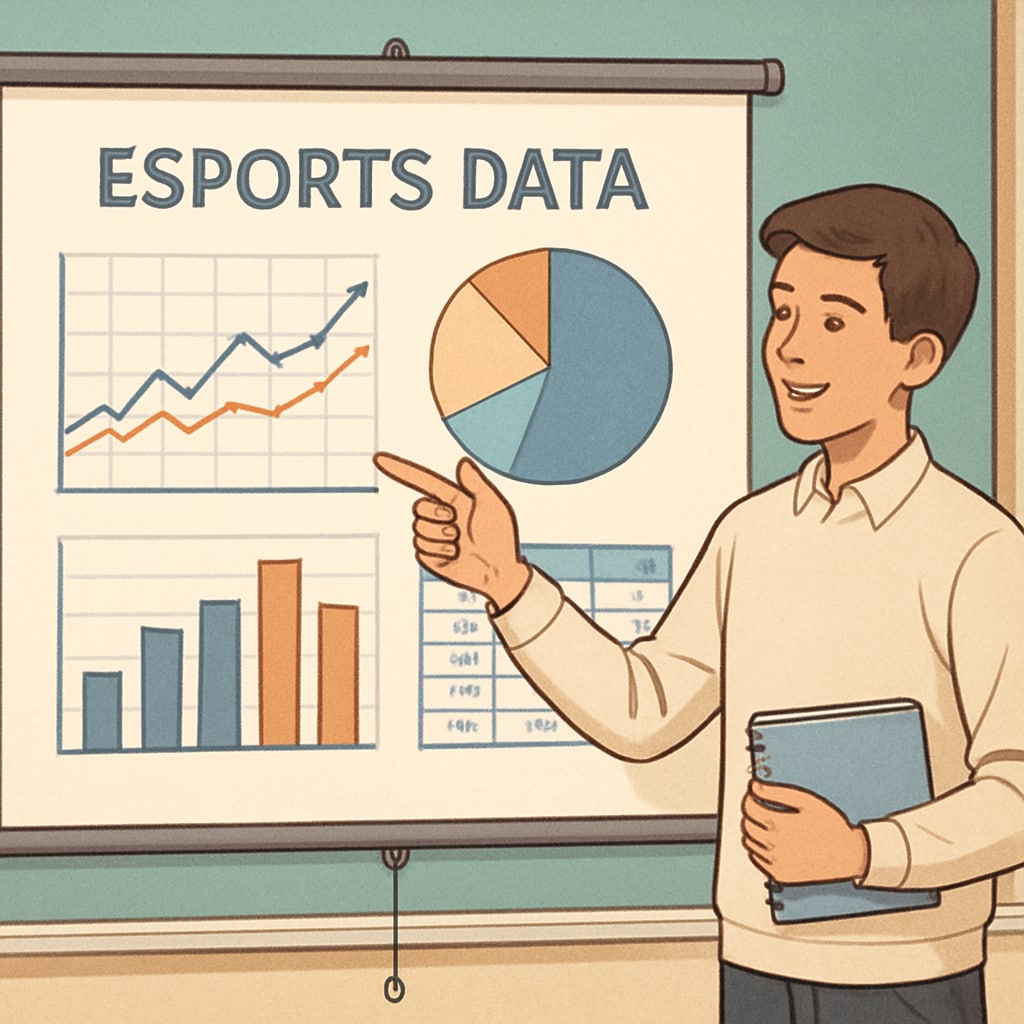Esports, game-based learning, and education are at the forefront of a revolutionary shift in the classroom. By integrating video games into K12 education, students are now engaging with core subjects in ways that were once unimaginable. Spearheading this movement are GameClass and the North America Scholastic Esports Federation (NASEF). Together, they are introducing game-based learning to over 9,000 esports clubs globally, bridging the gap between academic curricula and the immersive world of gaming.

Why Esports and Education Make a Perfect Match
The fusion of esports with education may seem unconventional, but its benefits are undeniable. Modern students, often referred to as digital natives, are inherently drawn to interactive and technology-driven experiences. Esports provides an ideal platform for tapping into this interest while fostering critical skills such as teamwork, problem-solving, and strategic thinking.
For example, through esports tournaments, students must analyze their opponents’ strategies, adapt to challenges, and communicate effectively with teammates. These skills directly align with competencies valued in both academic and professional settings. Moreover, educators can leverage the captivating nature of esports to teach complex subjects like math, physics, and even history. A study by Wikipedia on Game-Based Learning highlights how gamified approaches improve retention rates and boost motivation among students.
Game-Based Learning: Enhancing Core Academic Skills
GameClass and NASEF are not merely introducing esports as extracurricular activities; they are embedding these experiences into the educational framework. By connecting video games with academic disciplines, they create a learning environment that is both engaging and effective. For instance:
- In math, esports can be used to teach probability and statistics by analyzing in-game data and outcomes.
- In physics, students might explore concepts like velocity, acceleration, and impact through the mechanics of gaming environments.
- In English, narrative-driven games can serve as a basis for developing storytelling and critical analysis skills.
These applications demonstrate how gaming moves beyond being a recreational activity to becoming a powerful educational tool. As a result, educators are witnessing a significant rise in student participation and performance.

The Global Reach of Esports in Education
The partnership between GameClass and NASEF is not confined to a single region. By integrating esports into 9,000 clubs worldwide, the initiative is democratizing access to innovative learning opportunities. This global approach ensures that students from diverse backgrounds can benefit from this educational evolution.
In addition, partnerships with organizations like Britannica’s Esports Overview provide further validation for the growing legitimacy of esports in educational ecosystems. These collaborations emphasize the importance of creating a structured, curriculum-aligned approach to gaming in schools.
The Future of K12 Classrooms
As the line between education and entertainment continues to blur, the potential for esports and game-based learning is limitless. By emphasizing skill development, promoting inclusivity, and making learning enjoyable, this innovative approach addresses the challenges of traditional education. In the coming years, we can expect to see even more integration of esports into classrooms, transforming K12 education into a dynamic and engaging experience for students worldwide.
In conclusion, the collaboration between GameClass and NASEF is setting a precedent for how technology and creativity can redefine education. Esports, game-based learning, and education are not just reshaping classrooms—they are building the foundation for a more connected, skill-driven future.
Readability guidance: This article maintains short paragraphs and clear headings, with an emphasis on active voice. Lists and examples are used to enhance clarity, and transitional phrases help ensure a smooth reading experience.


